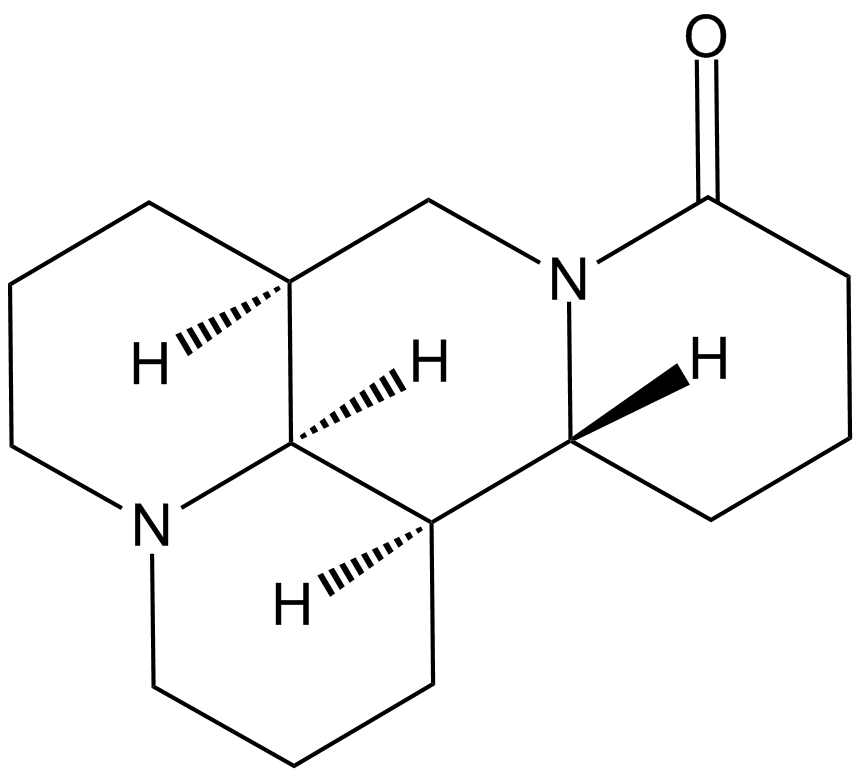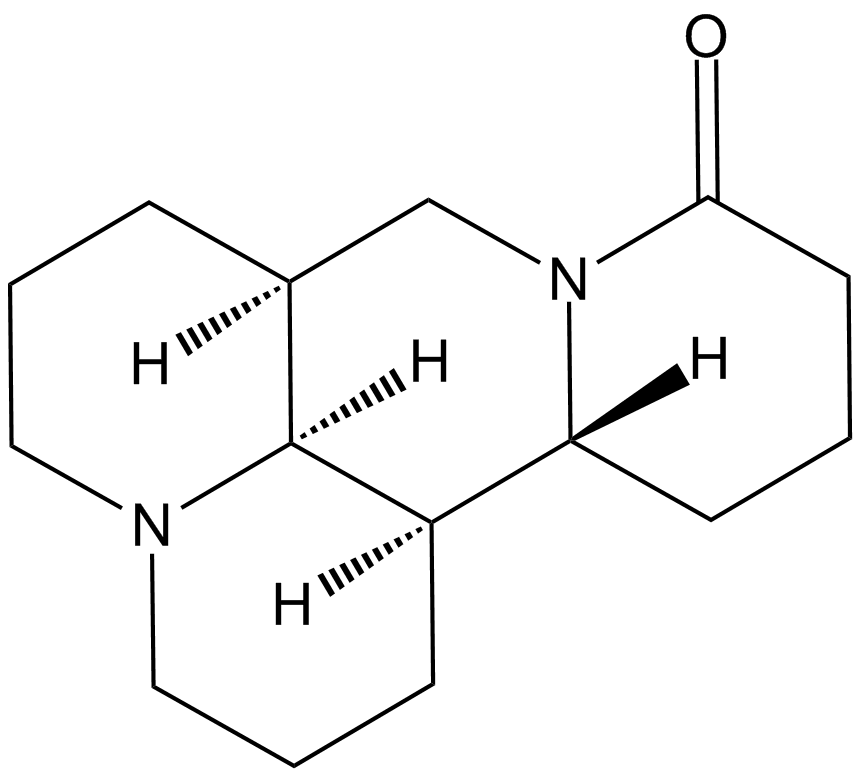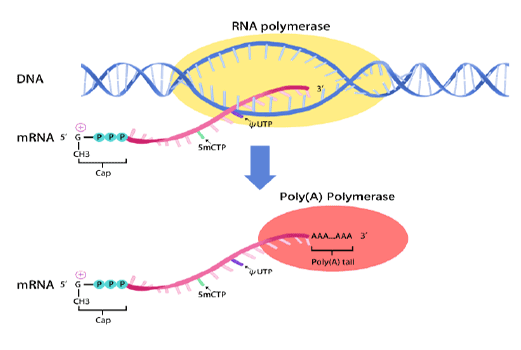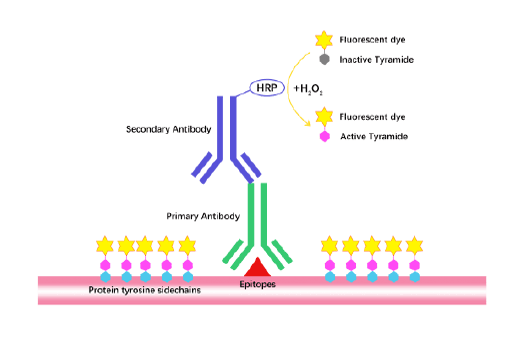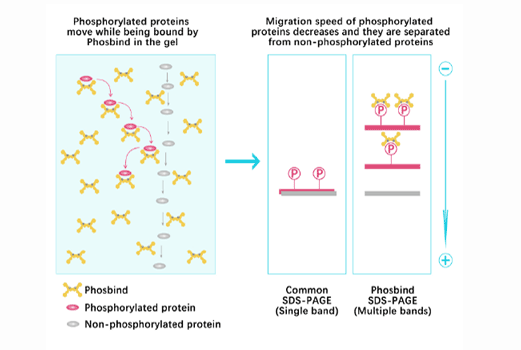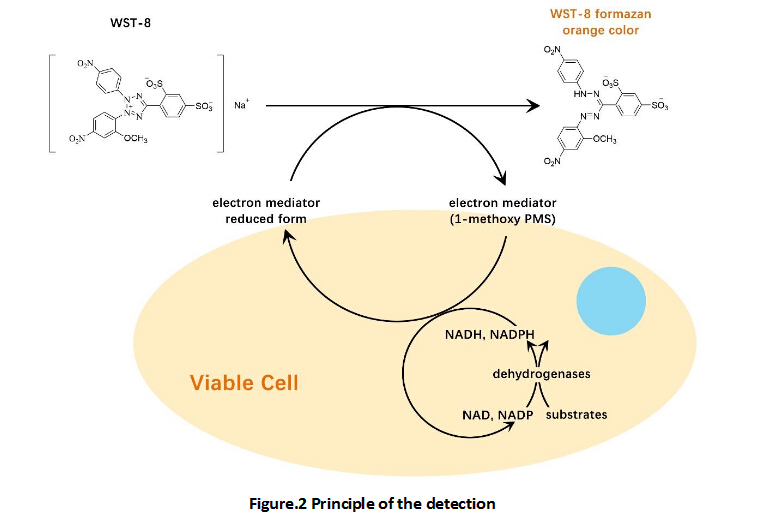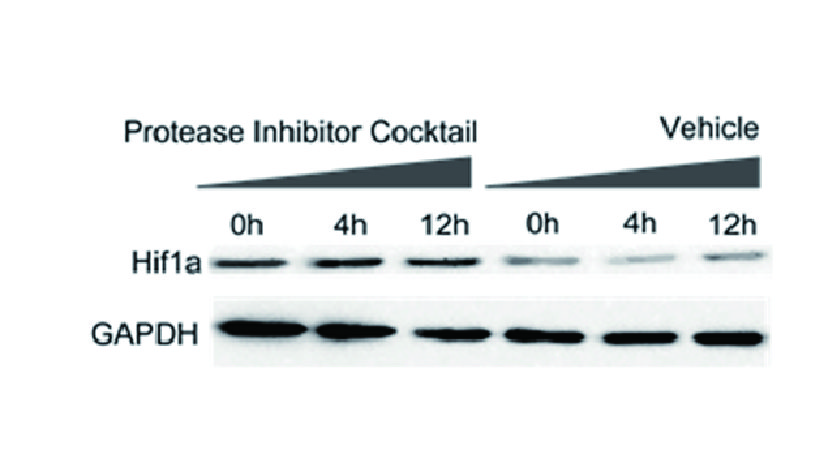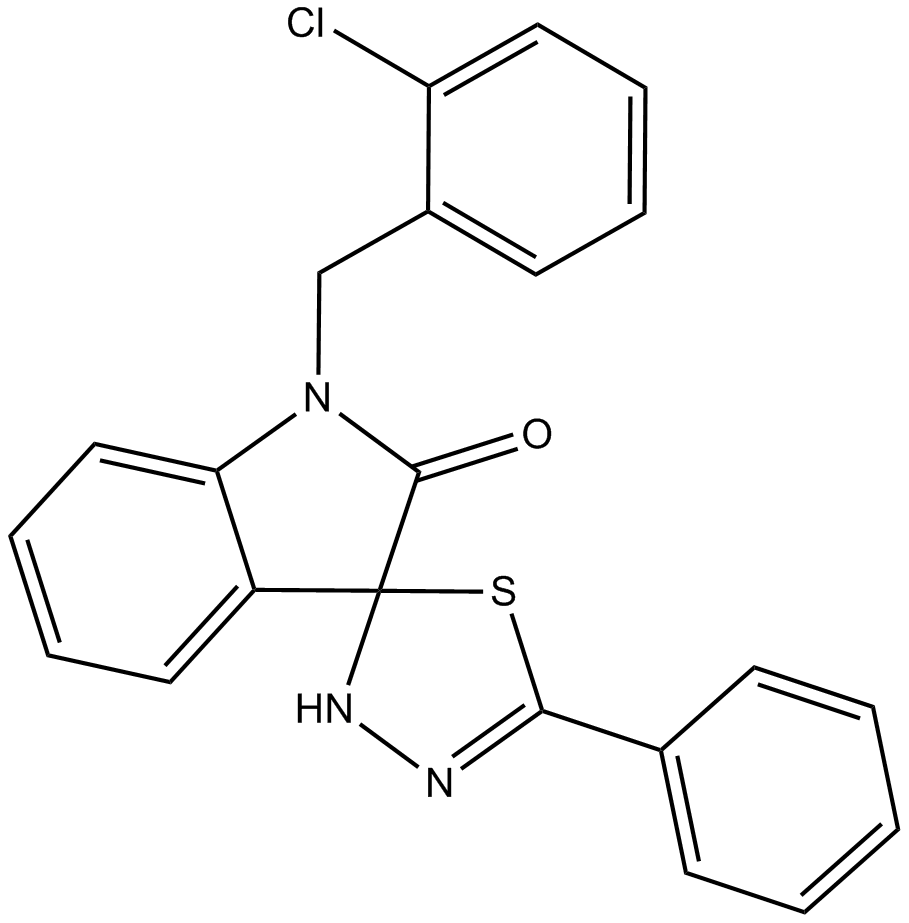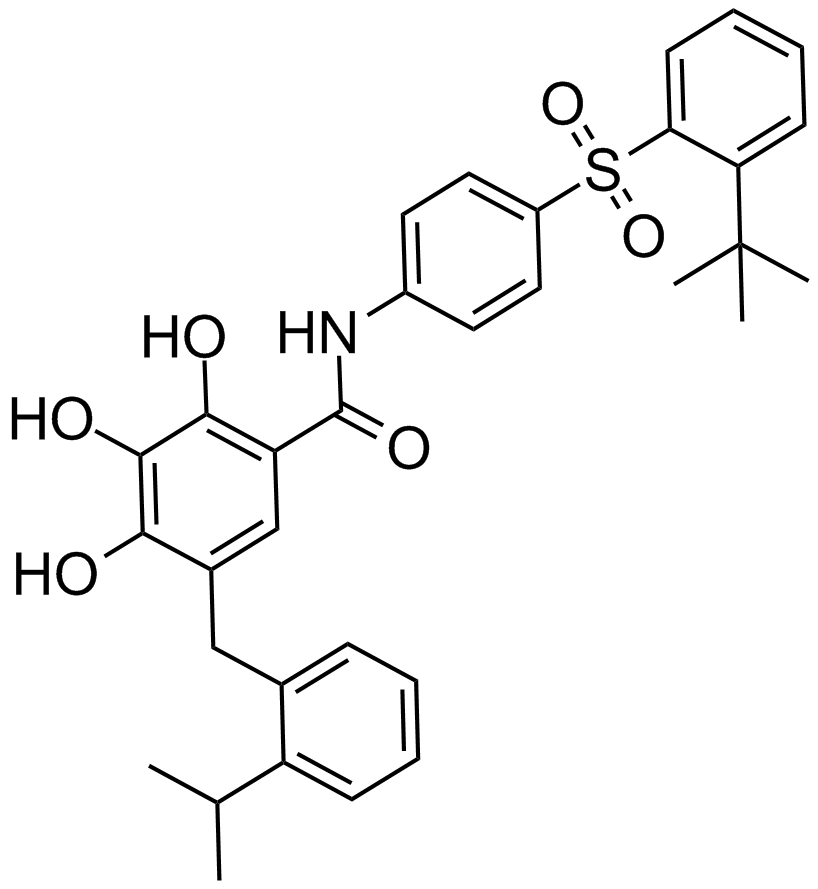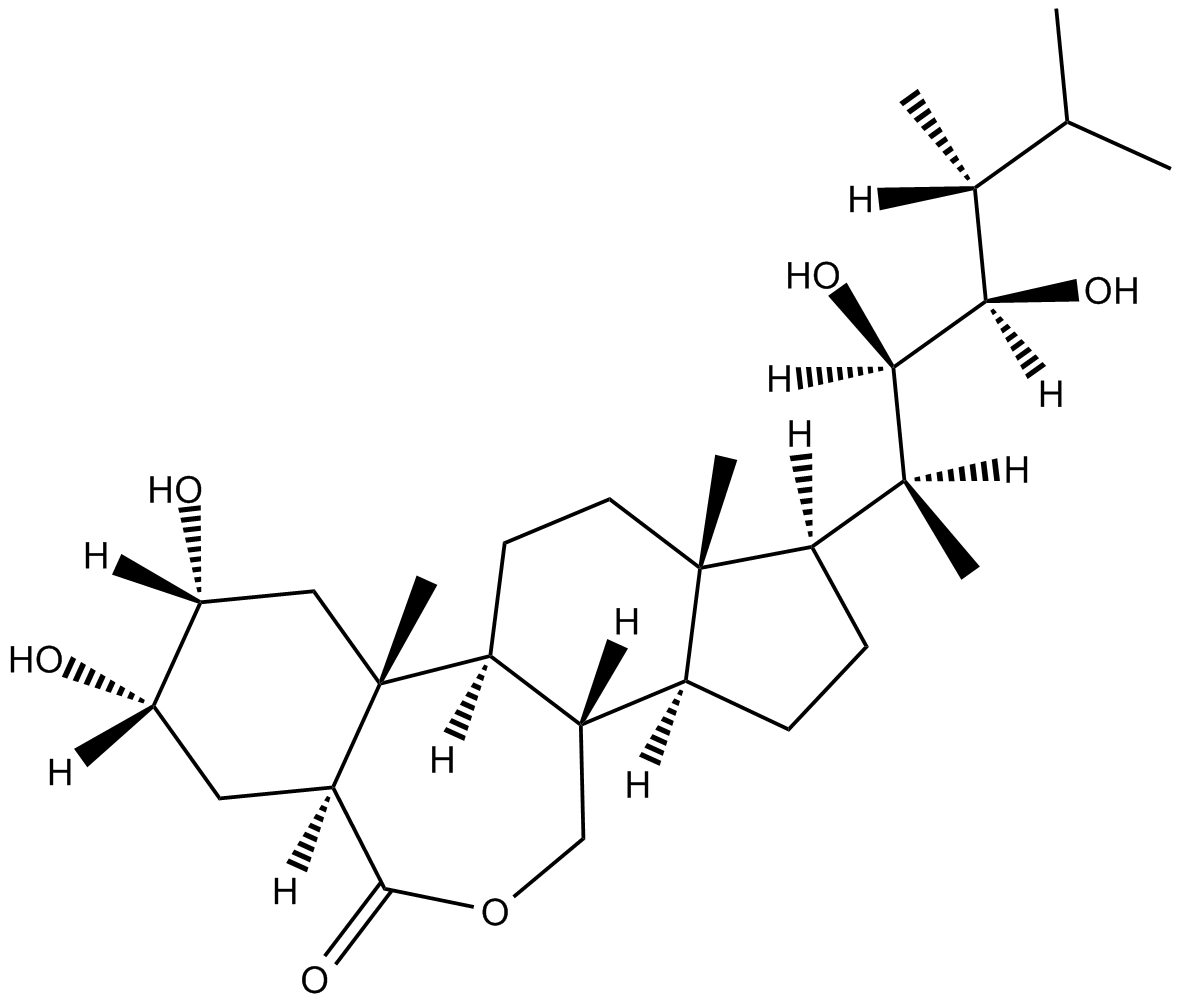Matrine
Matrine (CAS 519-02-8) is an alkaloid derived from plants in the Sophora genus, with demonstrated anticancer and anti-inflammatory activities. It functions in part through agonism of kappa-opioid and possibly other receptors. Matrine inhibits the MNK45 gastric cancer cell line proliferation (IC50 = 540 μg/ml, MTT assay) by modifying protein expression profiles (e.g., NF-κB, XIAP, CIAP, p-ERK). In vitro, matrine induces apoptosis in NSCLC cells through ROS generation, caspase activation, and p38 pathway modulation. Animal studies suggest therapeutic roles in cardiac injury and sepsis-related lung inflammation.
| Physical Appearance | A solid |
| Storage | Store at -20°C |
| M.Wt | 248.36 |
| Cas No. | 519-02-8 |
| Formula | C15H24N2O |
| Synonyms | Sophocarpidine;Matridin-15-one;Vegard;α-Matrine |
| Solubility | ≥12.42 mg/mL in DMSO; ≥47.2 mg/mL in EtOH; ≥50.3 mg/mL in H2O with gentle warming and ultrasonic |
| Chemical Name | (41S,7aS,13aR,13bR)-dodecahydro-1H-dipyrido[2,1-f:3',2',1'-ij][1,6]naphthyridin-10(41H)-one |
| SDF | Download SDF |
| Canonical SMILES | O=C(CCC1)N(C[C@@H]2CCC3)[C@H]1[C@@H]1[C@H]2N3CCC1 |
| Shipping Condition | Small Molecules with Blue Ice, Modified Nucleotides with Dry Ice. |
| General tips | We do not recommend long-term storage for the solution, please use it up soon. |
| Cell experiment [1]: | |
|
Cell lines |
MNK45 gastric cancer cell line |
|
Preparation method |
Soluble in water, ethanol, chloroform, toluene, and benzene. General tips for obtaining a higher concentration: Please warm the tube at 37℃ for 10 minutes and/or shake it in the ultrasonic bath for a while. Stock solution can be stored below -20℃ for several months. |
|
Reacting condition |
0.05, 0.10, 0.25, and 0.50 mg/ml for 48 h |
|
Applications |
Matrine showed a dose-dependent inhibition of the growth of MKN45 cells and the concentration needed for 50% inhibition of growth of MKN45 cells was 0.5 mg/ml. It was also found that after matrine treatment at 0.05, 0.1, 0.25, and 0.50 mg/ml, the IKKa, IjBa, IjBb, phospho-IjBa proteins levels in MKN45 cells were significantly higher than those in control cells. In addition, the p-ERK protein expression level in low dose matrine-treated MKN45 cells was significantly higher than that in high dose matrine-treated MKN45 cells. |
| Animal experiment [2]: | |
|
Animal models |
Adult male BALB/c mice |
|
Dosage form |
25, 50 or 100 mg/kg, i.p. |
|
Application |
Treatment with matrine could significantly reduce LPS-induced mouse death, the accumulative mortalities during 3 days in high dose of matrine (100 mg/kg) treatment groups (55%) was significantly lower than that in LPS groups (80%). However, no protection was observed when mice received matrine treatment at dose of 25 mg/kg and 50 mg/kg. Matrine treatment could also significantly improve the lung injury, such as pulmonary edema, infiltration of inflammatory cells in the lung tissues and alveoli, and alveolar damage. There was no obvious change in lung structure in control and matrine groups. |
|
Other notes |
Please test the solubility of all compounds indoor, and the actual solubility may slightly differ with the theoretical value. This is caused by an experimental system error and it is normal. |
|
References: [1]. Luo C, et al. Inhibition of matrine against gastric cancer cell line MNK45 growth and its anti-tumor mechanism. Mol Biol Rep. 2012 May;39(5):5459-64. [2]. Zhang B, et al. Antiinflammatory effects of matrine in LPS-induced acute lung injury in mice. Eur J Pharm Sci. 2011 Dec 18;44(5):573-9. |
|
Quality Control & MSDS
- View current batch:
Chemical structure
